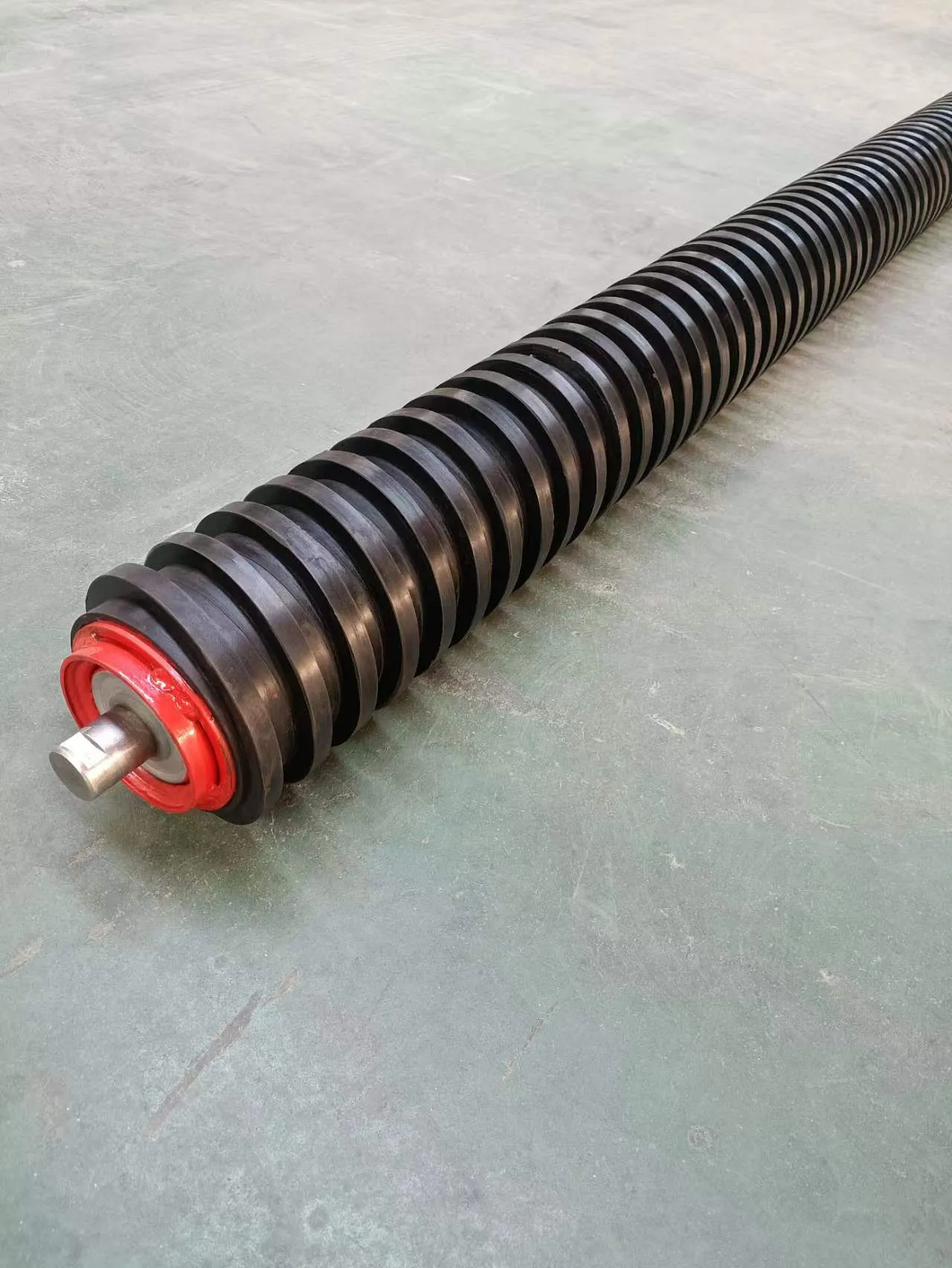 Afrikaans
Afrikaans  Albanian
Albanian  Amharic
Amharic  Arabic
Arabic  Armenian
Armenian  Azerbaijani
Azerbaijani  Basque
Basque  Belarusian
Belarusian  Bengali
Bengali  Bosnian
Bosnian  Bulgarian
Bulgarian  Catalan
Catalan  Cebuano
Cebuano  Corsican
Corsican  Croatian
Croatian  Czech
Czech  Danish
Danish  Dutch
Dutch  English
English  Esperanto
Esperanto  Estonian
Estonian  Finnish
Finnish  French
French  Frisian
Frisian  Galician
Galician  Georgian
Georgian  German
German  Greek
Greek  Gujarati
Gujarati  Haitian Creole
Haitian Creole  hausa
hausa  hawaiian
hawaiian  Hebrew
Hebrew  Hindi
Hindi  Miao
Miao  Hungarian
Hungarian  Icelandic
Icelandic  igbo
igbo  Indonesian
Indonesian  irish
irish  Italian
Italian  Japanese
Japanese  Javanese
Javanese  Kannada
Kannada  kazakh
kazakh  Khmer
Khmer  Rwandese
Rwandese  Korean
Korean  Kurdish
Kurdish  Kyrgyz
Kyrgyz  Lao
Lao  Latin
Latin  Latvian
Latvian  Lithuanian
Lithuanian  Luxembourgish
Luxembourgish  Macedonian
Macedonian  Malgashi
Malgashi  Malay
Malay  Malayalam
Malayalam  Maltese
Maltese  Maori
Maori  Marathi
Marathi  Mongolian
Mongolian  Myanmar
Myanmar  Nepali
Nepali  Norwegian
Norwegian  Norwegian
Norwegian  Occitan
Occitan  Pashto
Pashto  Persian
Persian  Polish
Polish  Portuguese
Portuguese  Punjabi
Punjabi  Romanian
Romanian  Russian
Russian  Samoan
Samoan  Scottish Gaelic
Scottish Gaelic  Serbian
Serbian  Sesotho
Sesotho  Shona
Shona  Sindhi
Sindhi  Sinhala
Sinhala  Slovak
Slovak  Slovenian
Slovenian  Somali
Somali  Spanish
Spanish  Sundanese
Sundanese  Swahili
Swahili  Swedish
Swedish  Tagalog
Tagalog  Tajik
Tajik  Tamil
Tamil  Tatar
Tatar  Telugu
Telugu  Thai
Thai  Turkish
Turkish  Turkmen
Turkmen  Ukrainian
Ukrainian  Urdu
Urdu  Uighur
Uighur  Uzbek
Uzbek  Vietnamese
Vietnamese  Welsh
Welsh  Bantu
Bantu  Yiddish
Yiddish  Yoruba
Yoruba  Zulu
Zulu belt drive pulley
Understanding Belt Drive Pulleys A Comprehensive Overview
Belt drive pulleys play a crucial role in various mechanical systems, facilitating the transfer of power between rotating shafts through the use of flexible belts. Their applications range from small machinery to large industrial equipment. This article aims to explore the fundamentals of belt drive pulleys, their types, advantages, and real-world applications.
What is a Belt Drive Pulley?
A belt drive pulley is a wheel or cylinder with grooves around its circumference designed to hold and guide a belt. When a pulley is attached to a rotating shaft, the motion can be effectively transmitted to another shaft, which may be positioned several feet away. Pulleys are typically made of durable materials such as metal, plastic, or rubber depending on the application's specific requirements.
Types of Belt Drive Pulleys
Belt drive pulleys can be categorized into several types
1. Fixed Pulleys These pulleys are stationary and are used to change the direction of the force applied to the belt. Fixed pulleys are commonly used in simple systems to provide mechanical advantage.
2. Movable Pulleys Unlike fixed pulleys, movable pulleys can move along with the load. They help reduce the amount of force required to lift heavy objects, making them great for cranes and hoisting systems.
3. Compound Pulleys This system combines multiple pulleys, both fixed and movable, to further increase mechanical advantage. Compound pulley systems are frequently used in applications requiring heavy lifting.
4. V-Belt Pulleys Designed specifically for V-belts, these pulleys have a shaped groove that allows for better grip and reduces slippage. They are often used in automotive engines and industrial machinery.
5. Timing Belt Pulleys These are designed to work with timing belts. They have teeth that fit into the belt's grooves, ensuring precise synchronization of the turning shafts. Commonly used in automotive applications, they provide reliable timing and performance.
Advantages of Belt Drive Pulleys
belt drive pulley

Belt drive pulleys offer several advantages that make them a preferred choice in many applications
1. Efficiency and Power Transmission Belt drive systems can transmit power efficiently over relatively long distances, which makes them suitable for various machinery configurations.
2. Reduced Noise and Vibration Compared to gear systems, belt drives tend to operate more quietly and generate less vibration, leading to smoother operations.
3. Flexibility in Design The versatility of belt drives allows for different designs and arrangements, enabling engineers to optimize systems to meet specific needs.
4. Cost-Effective Maintenance Belt drive systems are typically easier and more cost-effective to maintain than other mechanical systems. Replacing a worn-out belt is usually less expensive than repairing gears or chains.
5. Adaptability Belt drive pulleys can easily adapt to varying loads and speeds by simply changing belt tension or size, offering superior adaptability in dynamic environments.
Applications of Belt Drive Pulleys
Belt drive pulleys are found in numerous industries, including
- Automotive Used in engines to drive alternators, water pumps, and power steering systems. - Manufacturing Vital components in conveyor systems, allowing for the movement of goods and materials. - Agriculture Employed in farming equipment such as tractors and harvesters. - Industrial Machinery Found in various machines like lathes and milling machines, where they help in the transmission of power to different shafts.
Conclusion
Belt drive pulleys are indispensable components in modern engineering, providing an efficient means to transmit power across various applications. Their versatility, ease of maintenance, and operational benefits make them suitable for numerous industries. As technology progresses, innovations in materials and design are likely to enhance the performance and durability of belt drive systems, ensuring they remain a fundamental aspect of mechanical engineering for years to come. Whether in small-scale machinery or large industrial setups, belt drive pulleys continue to play a vital role in the world of mechanics.
-
Revolutionizing Conveyor Reliability with Advanced Rubber Lagging PulleysNewsJul.22,2025
-
Powering Precision and Durability with Expert Manufacturers of Conveyor ComponentsNewsJul.22,2025
-
Optimizing Conveyor Systems with Advanced Conveyor AccessoriesNewsJul.22,2025
-
Maximize Conveyor Efficiency with Quality Conveyor Idler PulleysNewsJul.22,2025
-
Future-Proof Your Conveyor System with High-Performance Polyurethane RollerNewsJul.22,2025
-
Driving Efficiency Forward with Quality Idlers and RollersNewsJul.22,2025





























